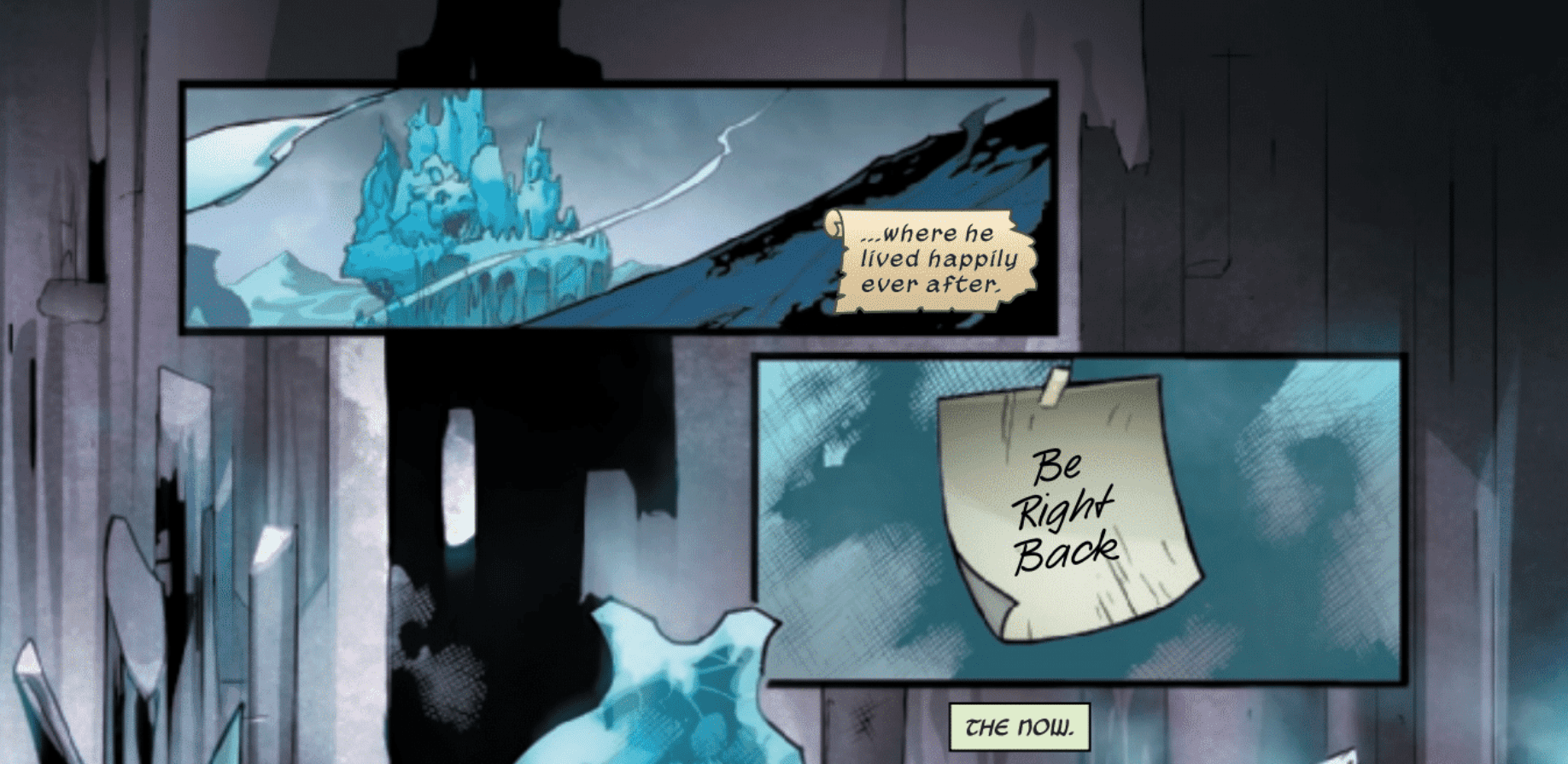Loki #1 feels like an issue of Deadpool with the trappings of a story about the God of Mischief.

Loki #1
Written by: Daniel Kibblesmith
Drawn by: Oscar Bazaldua
Colored by: David Curiel
Lettered by: VC’s Clayton Cowles
After the first issue, Daniel Kibblesmith’s Loki feels a lot like his Black Panther Vs. Deadpool miniseries. There’s not a strong villain and it’s too soon to predict the writer’s long-term plans for the titular character. But given how successfully he captures the essence of the God of Mischief, this series is worth keeping an eye on. The first issue is a lot of fun and it’s fair to hope Loki will get even more wild as it progresses.

For example, this installment features Frosty the Snowman. No, it’s not the same character we all know from childhood Christmas movies but it’s pretty close. Loki, at the request of Thor, finds an assistant in his new quest to rule Jotunheim. But the Trickster God’s version of a right-hand man is an animated snowman named Frösti. The new character even saves the day when he eats Nightmare, the first villain of the week in this series. A sentient (and possibly menacing) snowman is exactly the kind of wonderfully weird supporting character Loki needs. The inclusion of this character is one of the several ways Kibblesmith demonstrates his successful feel for the God of Mischief.

The narration is a callback to the beloved Deadpool film because it feels like Loki is actually describing the events of the story. Sometimes, it’s as simple as clever writing. “Anyone who’s anyone is here,” Kibblesmith writes. “And I’m an anyone who can be anyone. So here I am.” The narration pairs nicely with Cowles’ lettering, especially with a singular add-in of “Loki’s Trickster Tips.” Hopefully, Loki giving these tips to the reader will be a recurring bit in the series; here, it acts like a fourth wall break that complements the humorous tone of the issue. Loki tends to be a funny character and Kibblesmith seems willing and able to exploit the comedic elements of the Asgardian corner(s) of Marvel.
The artwork of Bazaldua and Curiel significantly adds to the issue in the action scenes. During Loki’s fight with the Armadillo, the duo of artists make the super-villain feel like a speeding locomotive. In one panel where he’s about to run over Loki, Bazaldua and Curiel convey the sense of motion, which helps an intentionally lackluster villain feel slightly more menacing. The artists do the same thing for Nightmare, who has a cringe-inducing habit of using his own name in the few lines he has throughout the issue. Curiel’s colors make Nightmare look as demonic as Mephisto. Ominous red skies and shows, along with Bazaldua’s usage of Death Eater-like spirits give Nightmare some much-needed credibility as an antagonist.
Loki #1 makes a solid first impression and it’s a fun ride with the combination of Deadpool-like humor and classic Asgardian fantasy.
What’d you think of Loki #1? Where do you hope to see the series go?

